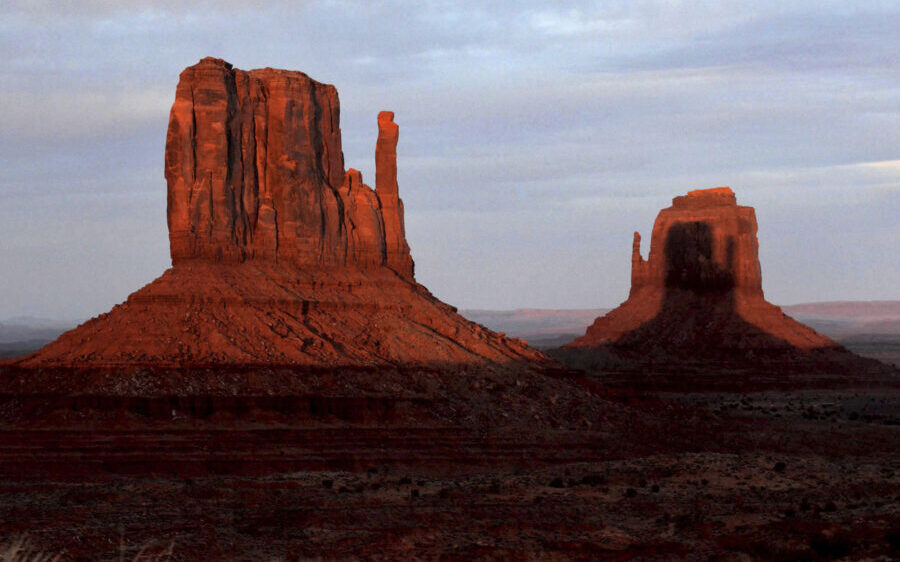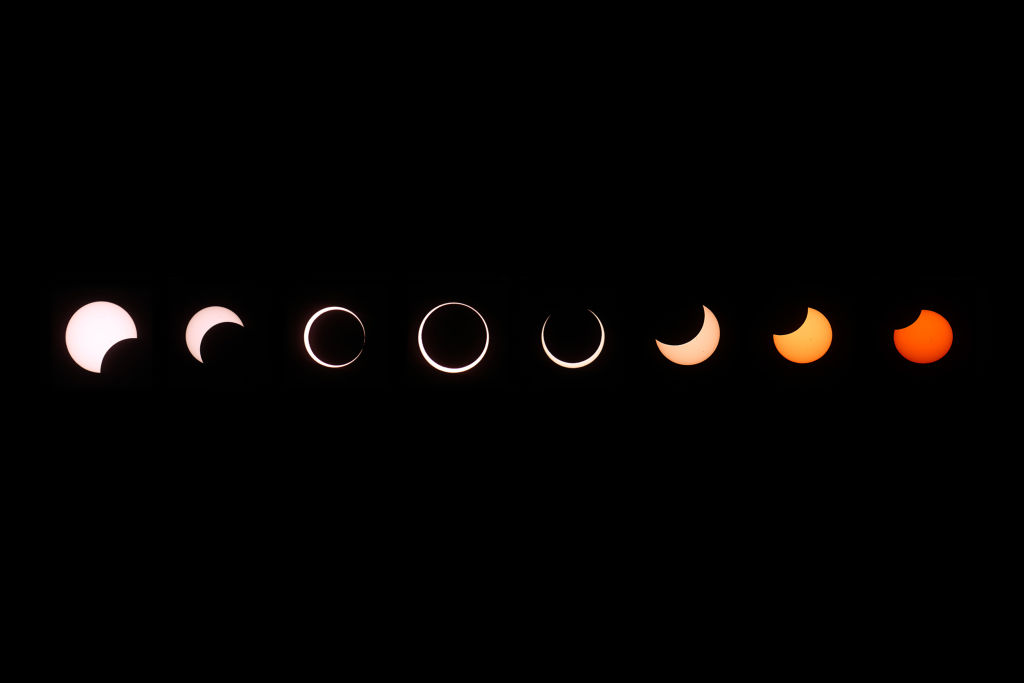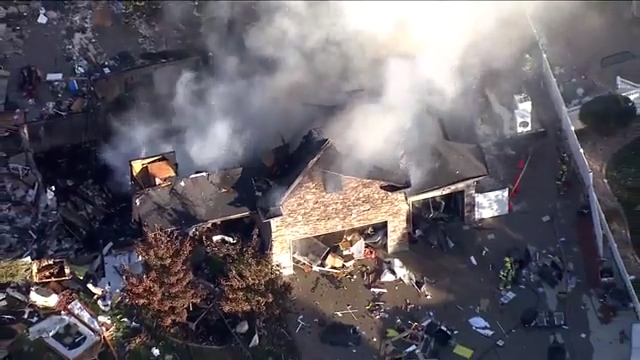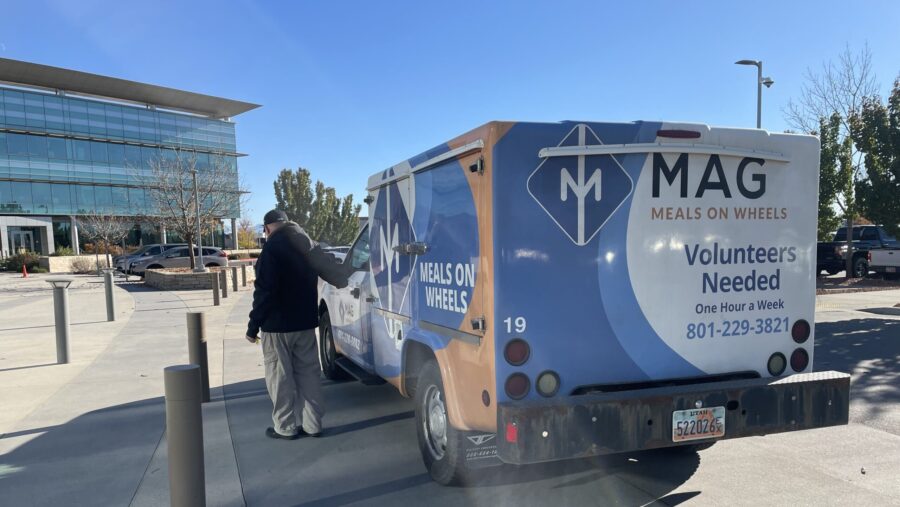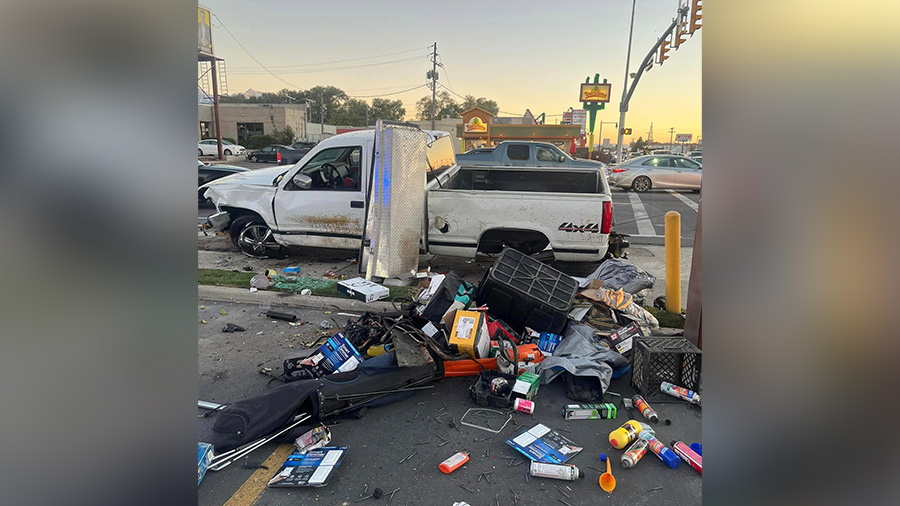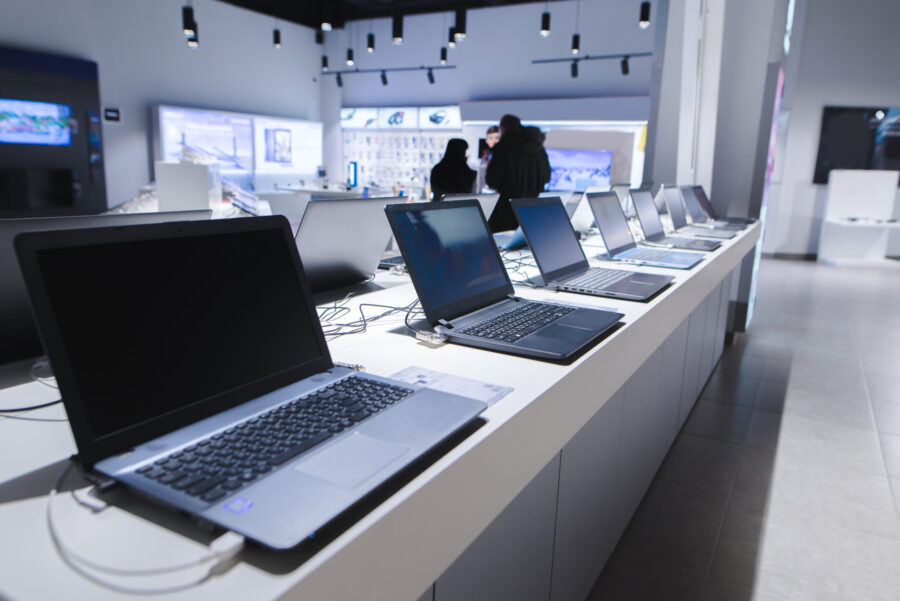How to safely watch this weekend’s ‘Ring of Fire’ solar eclipse
Oct 9, 2023, 1:02 PM | Updated: 1:09 pm
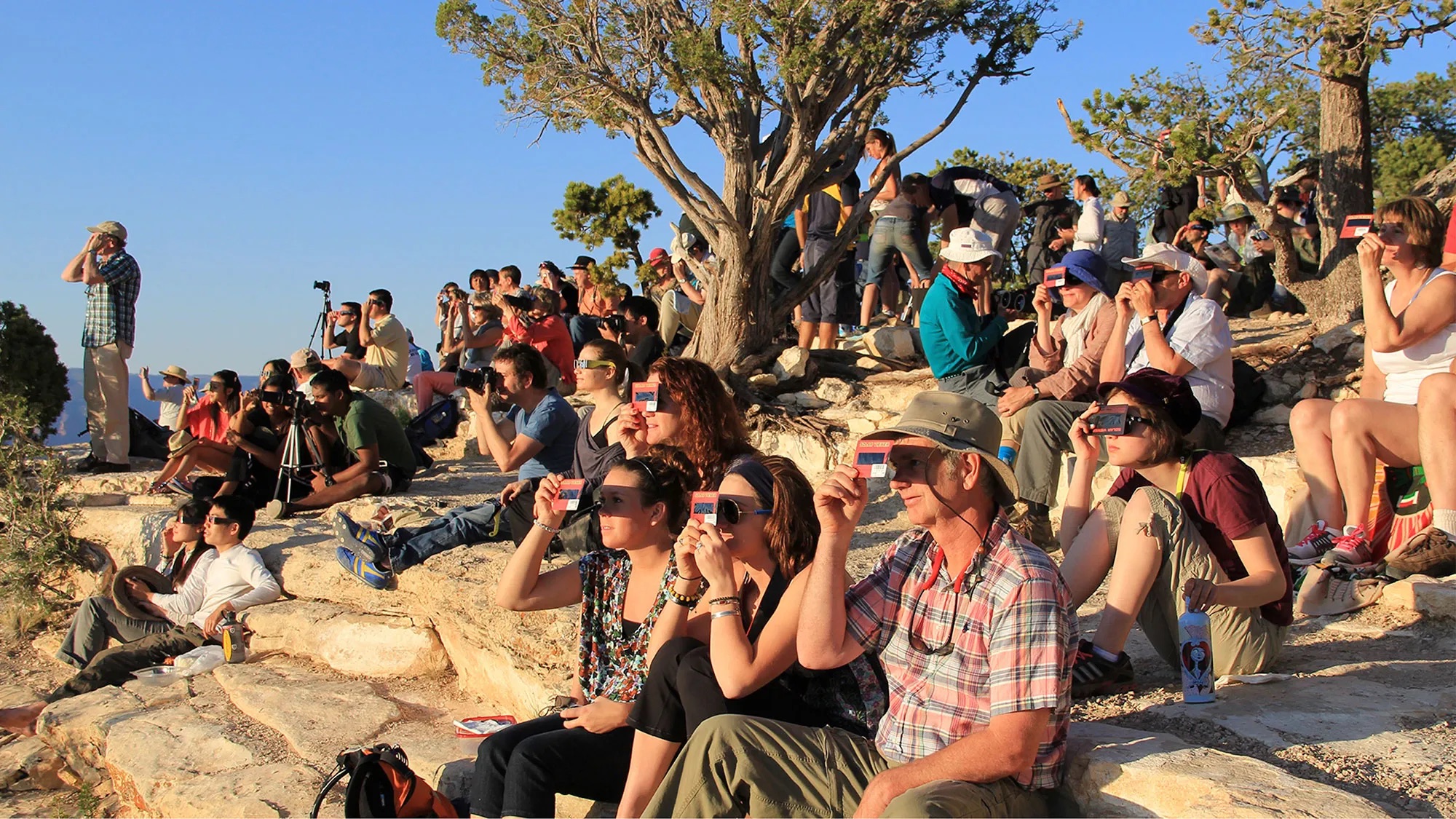
A crowd uses handheld solar viewers and solar eclipse glasses to safely view a solar eclipse. (National Park Service)
(National Park Service)
SALT LAKE CITY — The next annular solar eclipse is happening on Saturday, and hundreds of thousands will have the chance to see the “ring of fire.” However, scientists are reminding eclipse chasers that there is no safe time to look directly at the sun during this eclipse.
When is the eclipse?
This year’s annular solar eclipse takes place on Saturday, Oct. 14. The moon’s shadow will pass over parts of Utah between 9:30 a.m. and 10:35 a.m. The closer you are to the middle of the eclipse’s path, the longer it will last. Parts of southwestern Utah will see a “ring of fire” for almost five minutes, while those who view the eclipse along the edges of its path will see the ring for around two minutes.
How to safely view the 2023 solar eclipse
“Viewing any part of the bright Sun through a camera lens, binoculars, or a telescope without a special-purpose solar filter secured over the front of the optics will instantly cause severe eye injury,” NASA said.
Regular sunglasses, no matter how dark they are, are not safe for viewing the sun. To view the eclipse, you will need safe solar viewers that comply with the ISO 12312-2 international standard.
“Do NOT look at the Sun through a camera lens, telescope, binoculars, or any other optical device while wearing eclipse glasses or using a handheld solar viewer — the concentrated solar rays will burn through the filter and cause serious eye injury,” NASA added.
If you don’t have eclipse glasses or a handheld solar viewer, you can use an indirect viewing method. One way is to use a pinhole projector, which has a small opening (for example, a hole punched in an index card) and projects an image of the sun onto a nearby surface.
The only alternative to solar eclipse glasses that NASA and the American Astronomical Society say are safe are welder’s glasses rated 14 or higher. If you have an old welder’s helmet around the house and are thinking of using it to view the eclipse, make sure you know the filter’s shade number. If it’s less than 12 (and it probably is), don’t even think about using it.
Where to find eclipse glasses
Utah stores are in short supply of compliant eclipse glasses with the celestial event just a few days away. A handful of Amazon listings offer shipping options that would arrive in Utah before Saturday — but the American Astronomical Society recommends buying from a verified manufacturer or reseller after counterfeit glasses flooded the marketplace in 2017.
The Clark Planetarium in Salt Lake City is also selling glasses for $3, and they have thousands of pairs.
Some Lowes, Home Depot and Walmart locations sell ISO-compliant safe eclipse glasses and/or handheld viewers made by American Paper Optics, an American Astronomical Society-approved manufacturer.
Future eclipses
Utah will see a partial solar eclipse in April, with 40%-60% of the sun blocked by the moon. Utah will also see partial eclipses in January 2028, January 2029, March 2033, June 2039 and April 2043.
An August 2044 partial eclipse will near totality, but the big ticket will be the Aug. 12, 2045, total solar eclipse. It will pass over the Beehive State between I-80 and I-70, giving millions of Utahns a perfect view of the eclipse.
